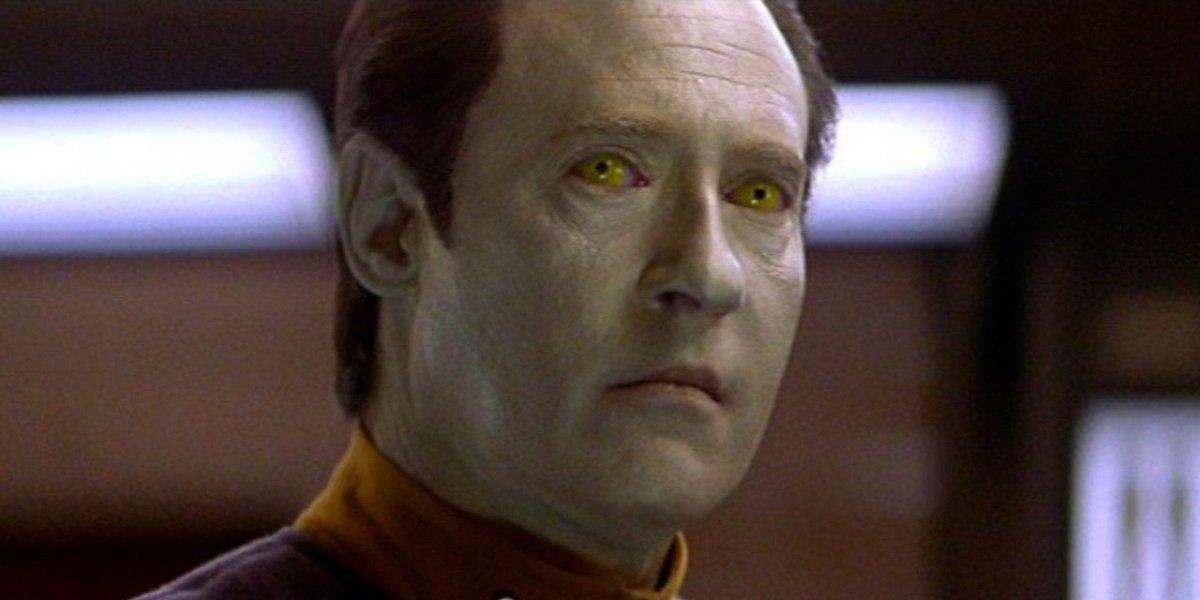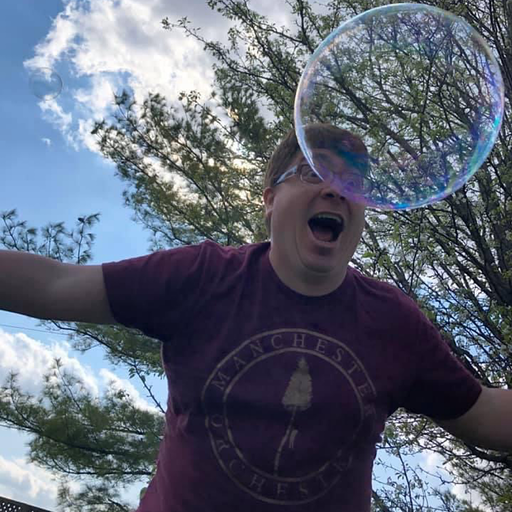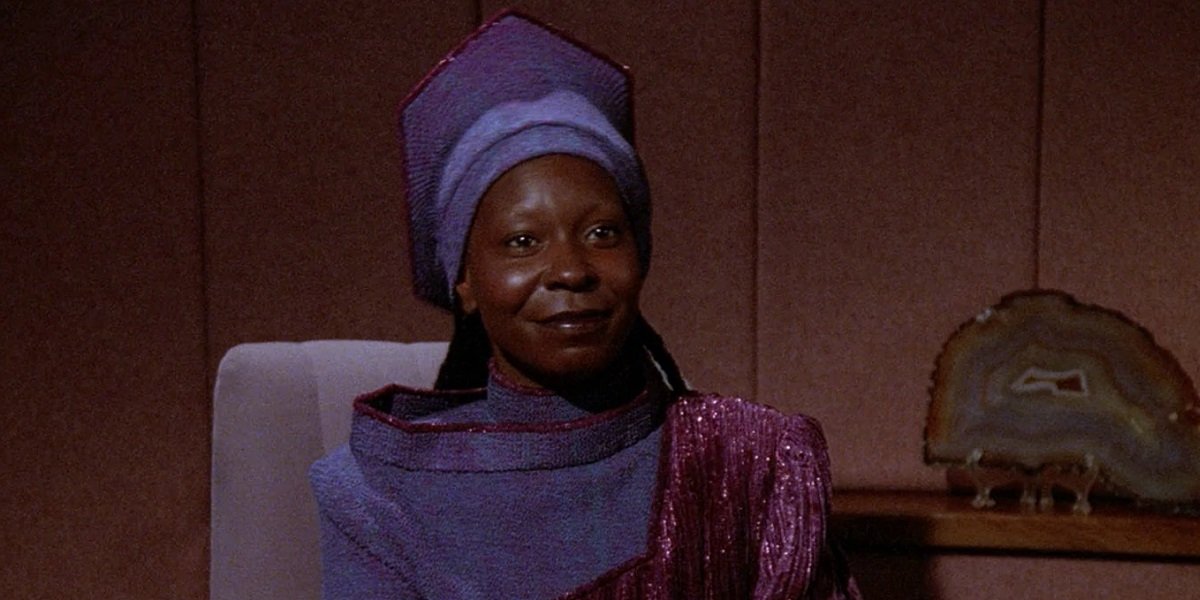Star Trek: Picard Had A Major Data Reveal, But What Does It Mean For Season 1?

Warning! The following contains spoilers for the Star Trek: Picard premiere. Read at your own risk.
Star Trek: Picard finally premiered on CBS All Access, and Patrick Stewart's Jean-Luc Picard sequel wasted no time in getting some surprising reveals out of the way. Much of the craziness revolved around Isa Briones' Dahj, whom Picard discovered had a pretty insane connection to his former colleague and Synthetic friend Data. The young woman was Data's "daughter," but what does that even mean, and how will it and her death impact Season 1?
Obviously, the term daughter is used loosely here. Synthetics can't reproduce, but Picard realized the flesh-and-blood Dahj was modeled after a painting Data made during Star Trek: The Next Generation. That painting was modeled after Data's previous daughter "Lal," who was constructed using Soong-type Android technology.
Lal eventually had to be deactivated after her neural net failed, but Data stored Lal's memories and experiences in his own mind, ensuring she would live on in some way. Star Trek: Picard didn't explicitly say Dahj was Lal born again, though the two do share a connection based on the painting.

Jean-Luc Picard thought the painting was key to Dahj's mystery, and after some investigation at the Daystrom Institute in Okinawa, he was told the flesh-and-blood Android may be the work of Dr. Bruce Maddox. The current working theory is that Maddox somehow saw Data's painting – one copy is in Picard's house, and the other is locked away in archives – and used some of Data's memory that was stored in B-4, Data's inferior 'brother' from Star Trek: Nemesis, to create Dahj. It was a great reveal that would've granted Dahj some details about her actual origins that she knew nothing about, had she been alive to hear it.
After being pursued throughout a majority of Star Trek: Picard's premiere, Dahj was finally killed by Romulan assassins. Right now, it isn't known why they were pursuing her, but it was revealed that her twin Soji is living in the Romulan reclamation site.
Oh yeah, that site was also a Borg cube! Those final moments of the premiere really piled a lot on. But why did the Romulans kill Dahj, and does that mean Soji is next?
Your Daily Blend of Entertainment News
It's possible, but Star Trek: Picard's Season 1 look-ahead trailer makes it look as though the Romulans want to keep Soji alive and at ease. She's seen to be spending a good deal of time in scenes with a Romulan who appears to know much more about her life than even she does.
It does not appear Soji has been "activated" the way her sister was. So the Romulans may have a plan for her that couldn't be achieved with Dahj.
Obviously, it's a little too early in the season to get too heavy into speculation, but there's got to be some deep connections with the Romulans pursuing highly advanced Synthetics (at a time where Synthetics are banned) while living in a Borg cube. The Romulans don't seem to have beef with Picard specifically, though we do know that Starfleet abandoned Romulan evacuation plans and left many on the planet to die when the supernova happened.
Perhaps the Romulans have plans for revenge on Starfleet that involve Soji and some Borg technology. Could that be why they're keeping her close? If that's the case, Picard (or his trusty dog) will surely sniff it out before too long.
Star Trek: Picard airs on CBS All Access Thursdays at 3:01 a.m. ET. Stick with CinemaBlend as the series continues for more updates, and for the latest news happening in television and movies.

Mick Joest is a Content Producer for CinemaBlend with his hand in an eclectic mix of television goodness. Star Trek is his main jam, but he also regularly reports on happenings in the world of Star Trek, WWE, Doctor Who, 90 Day Fiancé, Quantum Leap, and Big Brother. He graduated from the University of Southern Indiana with a degree in Journalism and a minor in Radio and Television. He's great at hosting panels and appearing on podcasts if given the chance as well.

